Jasco Products: Building brand power and profitability in commoditized categories
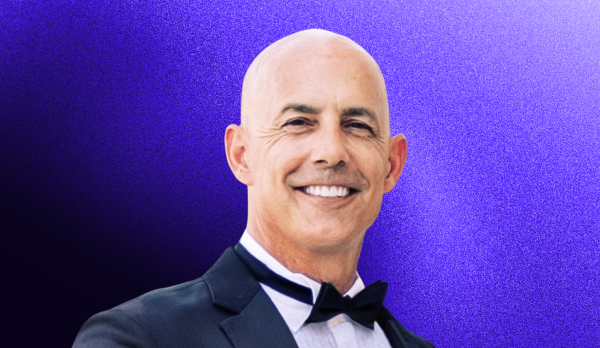
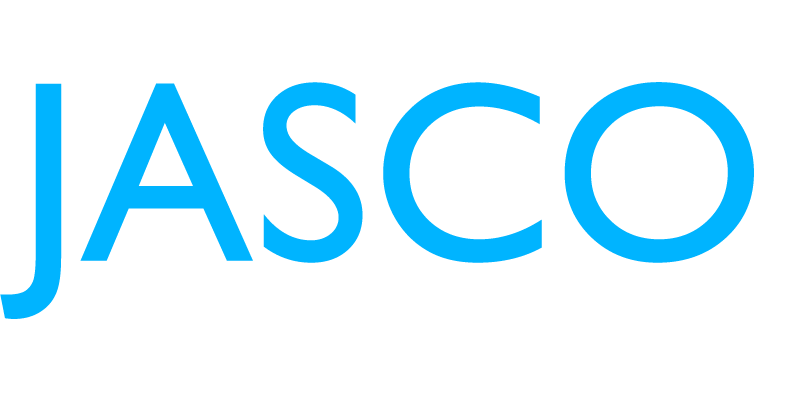
In this episode we talked about:
- How to differentiate branded products in commoditized categories through national brand licensing and private label strategies
- The strategic approach to managing channel conflict between club stores, DTC, and marketplaces through product differentiation
- Why product specification variation is crucial for maintaining healthy margins across different retail channels
- How to leverage marketplace platforms like Amazon while protecting brand value and managing margin pressure
- The framework for using consumer insights tools to drive product development and marketing decisions
- How to establish ROI thresholds for new products based on volume requirements and margin considerations
- Why strategic SKU management is essential for maintaining profitability in lower-margin product categories
- The approach to setting advertising ROAS targets based on product price points and margin structures
🎧 Listen now on Apple Podcasts, Spotify, or YouTube
Episode highlights:
[00:44] – From telecom to consumer electronics: a career built on adaptability
[02:44] – Building brands in commoditized categories through partnerships and licensing
[06:05] – Balancing retailer relationships and DTC growth without channel conflict
[09:21] – Navigating Amazon’s marketplace, tariffs, and pricing pressures
[13:10] – Using consumer insights and data tools to guide product decisions
[17:39] – Measuring ROI and evolving toward higher-margin, smarter product lines
Jeff's bottom line: Winning in ecommerce today means being both disciplined and adaptable. By aligning SKU strategy, marketplace presence, and data-driven insights, Jasco is proving that even in commoditized categories, brand differentiation and ROI rigor can coexist. The future belongs to teams that build smarter — not just faster.
Audit your site today
Understand the revenue impact of all errors on your site and how to swiftly reproduce and resolve.






.png)
.png)
.png)
.png)
.png)
.png)
.png)
.png)
.png)
.png)
.png)
.png)
.png)
.png)
.png)
.png)
.png)
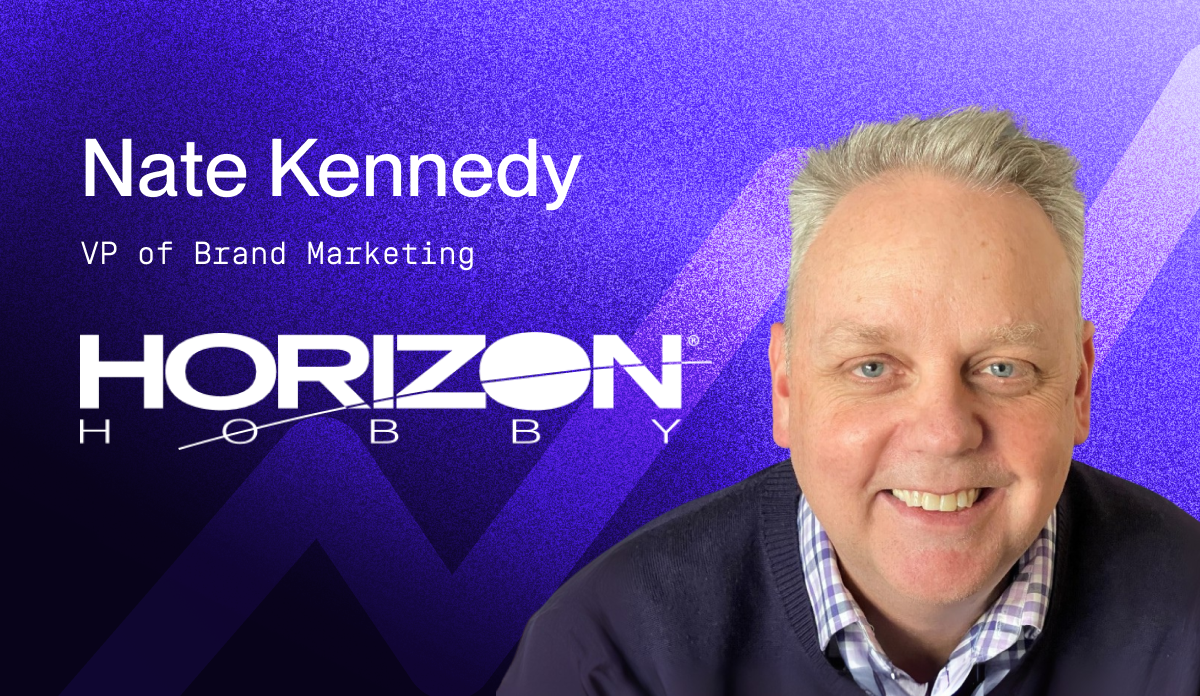
.png)
.png)
.png)
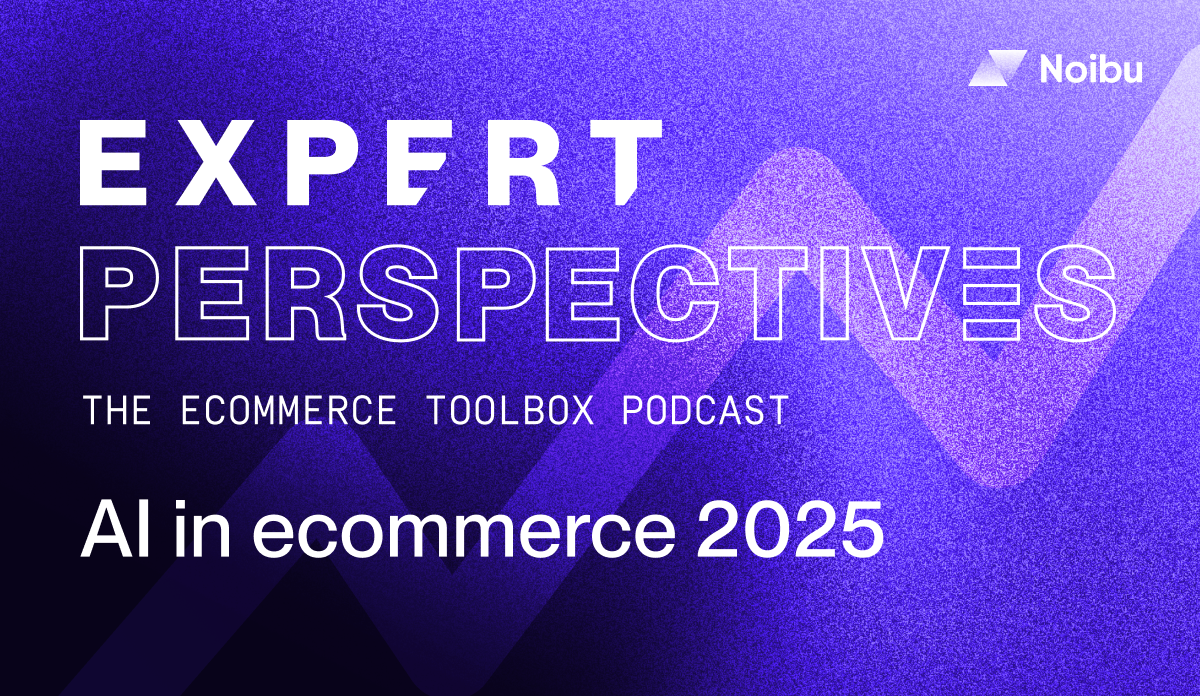
.png)
.png)
.png)
.png)
.png)
.png)
.png)
.png)
.png)
.png)
.png)
.png)
.png)
.png)
.png)
.png)
.png)

.png)
.png)
.png)

.png)
.png)
.png)
.png)
.png)
.png)
.png)
.png)
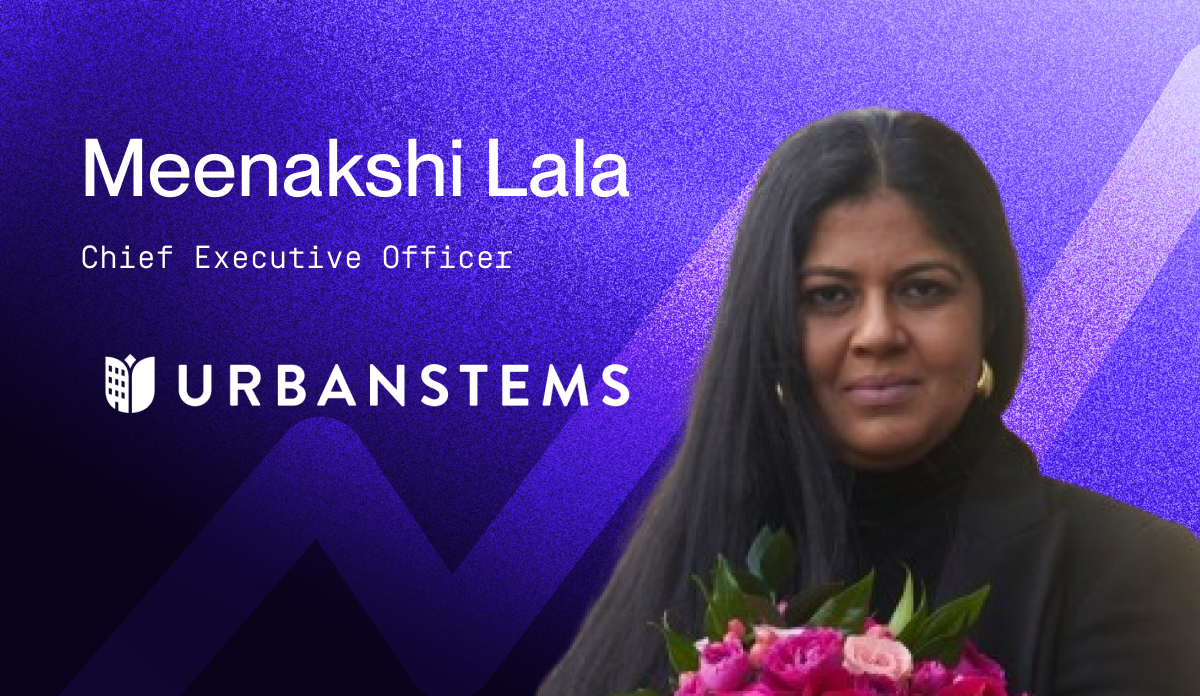
.png)
.png)
.png)
.png)
.png)
.png)
.png)

.png)
.png)
.png)
.png)
.png)
.png)

.png)
.png)
.png)
.png)
.png)
.png)
.png)
.png)
.png)
.png)
.png)
.png)
.png)
.png)
.png)
.png)
.png)
.png)
.png)
.png)
.png)
.png)
.png)
.png)
.png)
.png)

.png)
.png)
.png)
.png)